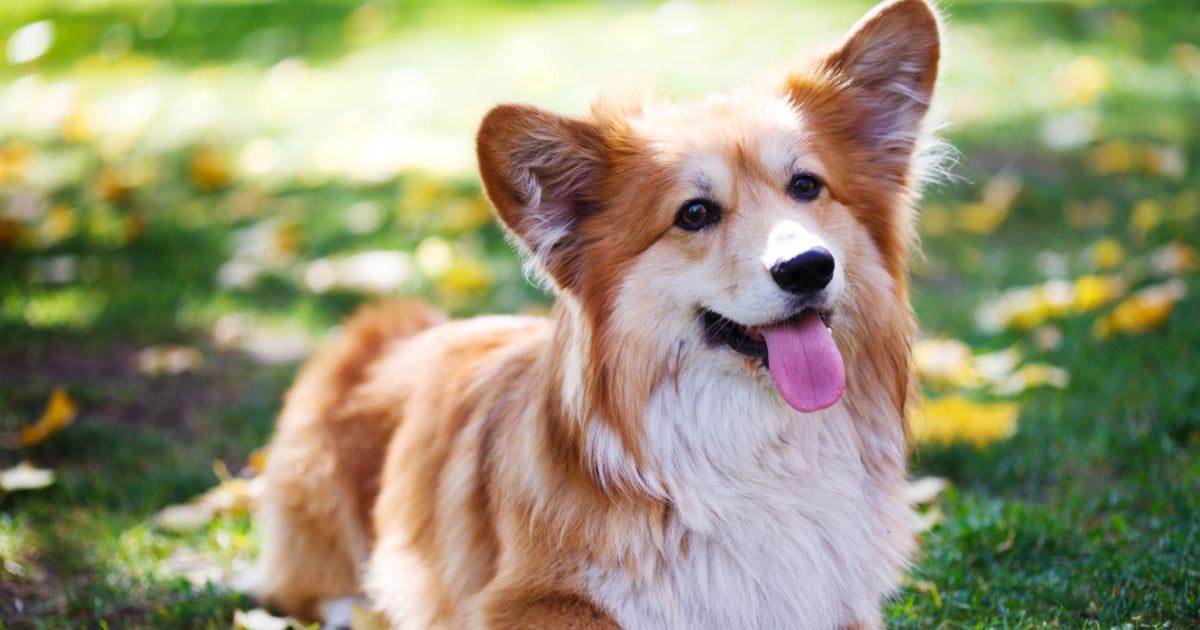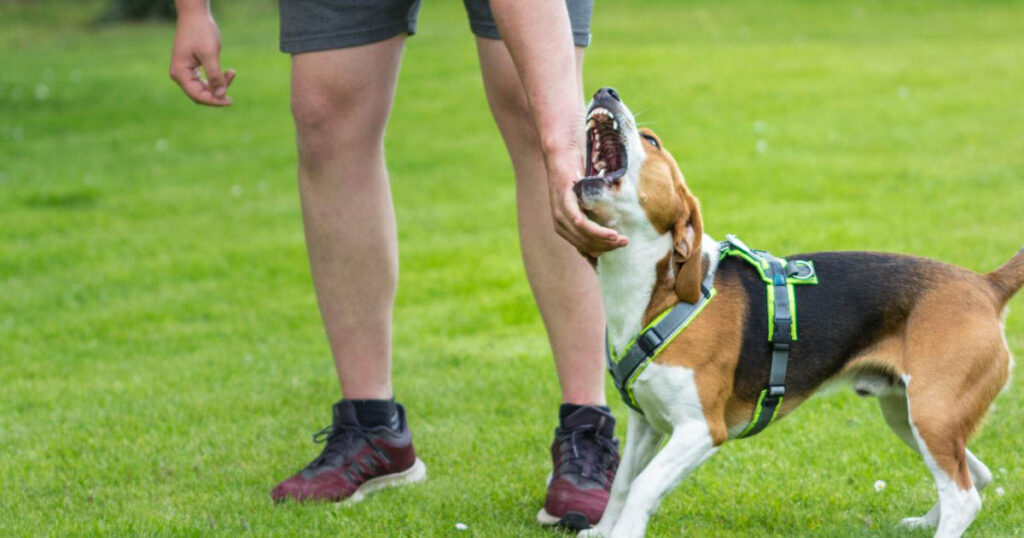
Understanding Aggression in Dogs a Guide for Dog Owners
Introduction
Aggression in dogs is a complex problem that can result from various variables, including anxiety, territoriality, source securing, or perhaps medical issues. While aggression is a natural action in dogs, it can become troublesome and potentially harmful if not properly addressed. Identifying the indicators of aggression and using effective training techniques are important steps in guaranteeing the well-being of both your family pet and those around them. This is where Confident K9 steps in, providing comprehensive options for managing aggression in dogs.
Acknowledging Signs of Aggression
Comprehending the indications of aggression is the primary step towards addressing the concern. Hostile behavior in dogs can show up in numerous means, including:
1. Growling and Snapping: This is just one of the most typical signs of aggression. Dogs might grumble or snap when they feel intimidated or are trying to insist on prominence.
2. Barking and Lunging: Dogs may bark body and lunge towards individuals or other pets, particularly when on strolls or in unfamiliar scenarios.
3. Baring Teeth: When a pet reveals its teeth, it’s a clear sign of aggression and a warning signal that should not be neglected.
4. Rigid Body Movement: When really feeling aggressive, dogs may display tight body movement, elevated hackles, and a stressful pose.
5. Attacking: Hostile behavior can escalate to attack; otherwise, it is resolved immediately. If your pet has attacked a person or shows a tendency to attack, it’s necessary to seek professional help.
Training Techniques with Confident K9
Confident K9 offers training methods designed to properly resolve aggression in dogs. These strategies concentrate on favorable reinforcement, constructing trust, and modifying actions via constant training. Here are some crucial strategies:
1. Behavior Evaluation: Confident K9 begins by conducting a complete behavioral evaluation of the pet to identify the underlying sources of Aggression in Dogs. This assists in tailoring the training program to deal with certain concerns properly.
2. Positive Support: Educating with positive reinforcement involves satisfying wanted actions with deals with appreciation or playthings. This method aids in reinforcing etiquette and encourages dogs to repeat it.
3. Desensitization and Counterconditioning: Desensitization entails slowly revealing the dog to the trigger of Aggression in Dogs in a regulated setting. In contrast, counterconditioning concentrates on altering the pet dog’s emotional feedback to the trigger by linking it with something positive.
4. Obedience Training: Standard obedience training, such as instructing commands like “rest,” “stay,” and “leave it,” can help establish limits and control over the dog’s habits.
5. Uniformity and Persistence: Uniformity is key to effective training. Owners must stay individual and devoted to the procedure, as behavior adjustment requires time and initiative.
6. Monitoring Techniques: Confident K9 likewise gives owners monitoring techniques to stop scenarios that may activate Aggression in Dogs, such as using a muzzle or chain in public settings.

Guaranteeing Your Family Pet’s Wellness
At Confident K9, the supreme goal is to ensure the well-being of the pet dog and its proprietors. Owners can develop a risk-free and harmonious atmosphere for their pets by resolving aggression via positive reinforcement and reliable training methods. Furthermore, seeking professional assistance from knowledgeable instructors can provide indispensable assistance and support in properly caring for Aggression in Dogs.
Holistic Approach to Training
Confident K9 uses a holistic training technique that goes beyond dealing with the signs and symptoms of aggression to resolve the underlying reasons. This entails producing a detailed training strategy incorporating behavior modification methods, environmental management, and ongoing assistance for the pet dogs and its proprietors.
1. Therapy: Via favorable reinforcement techniques, trainers work to change the pet’s actions by rewarding calmness and non-aggressive feedback to triggers. This may include training in different actions that are inappropriate with aggression, such as resting or concentrating on the owner.
2. Proprietor Education: Education is critical to Confident K9’s approach. Trainers work carefully with owners to help them comprehend their canine’s behavior, identify early warning signs of aggression, and discover efficient communication and taking care of techniques.
3. Follow-Up Assistance: Training finishes after the sessions are full. Confident K9 provides ongoing support and assistance to ensure that proprietors remain to enhance positive actions and deal with any difficulties that develop.
Conclusion
Aggression in dogs is a serious issue that requires mindful focus and correct monitoring. Identifying the signs of aggression and employing reliable training techniques are vital steps in addressing this behavior. With Confident K9’s comprehensive technique for handling aggression, proprietors can assist their family pets in overcoming behavior difficulties and leading satisfying lives.






Leave a Reply